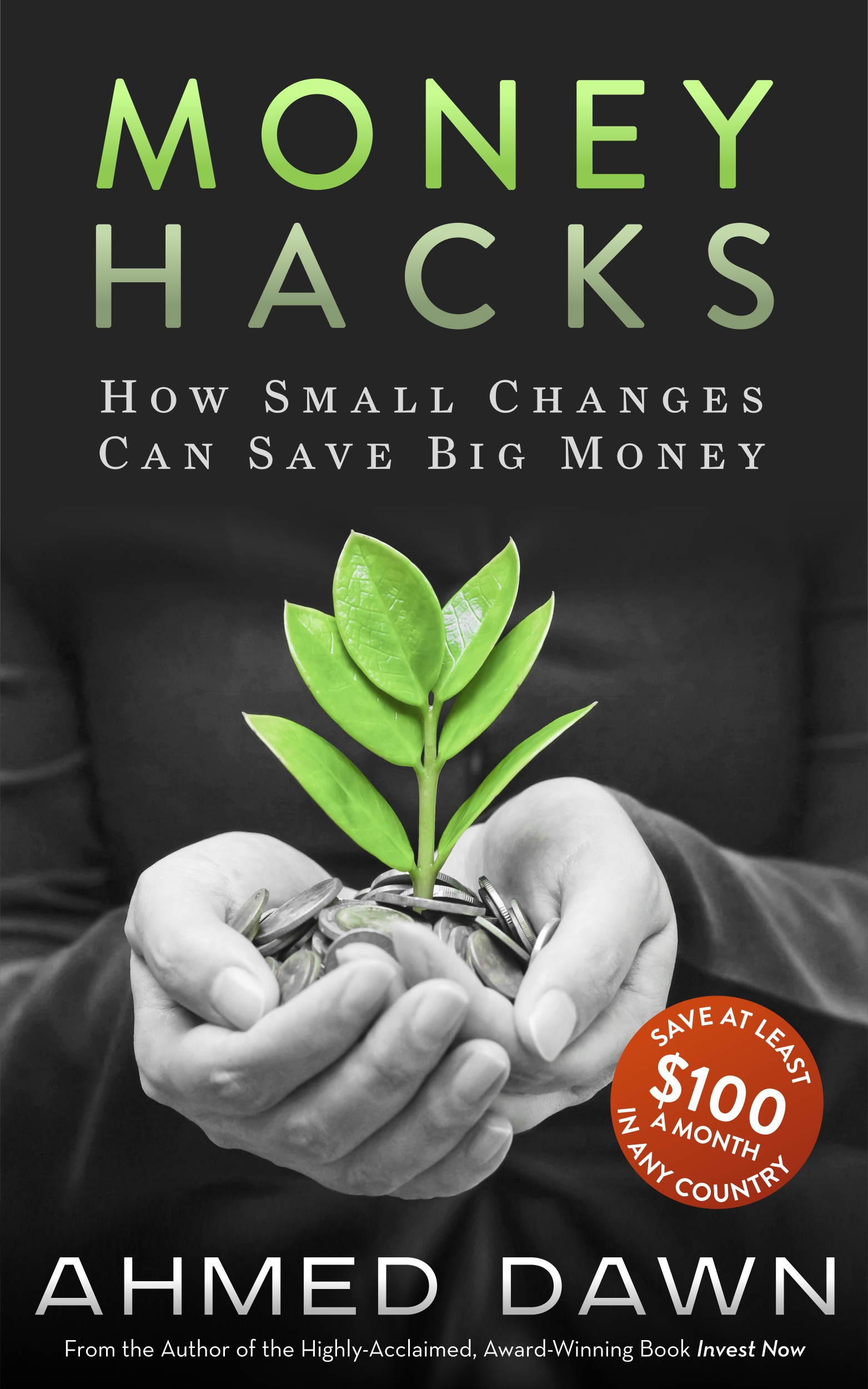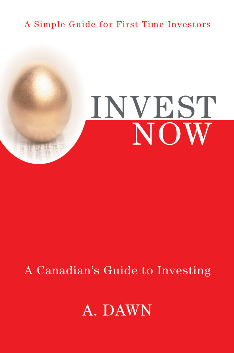Canadian Oil ETFs
/Oil ETFs Canada
First Published Date: January 13, 2013 AdawnJournal.com
The International Energy Agency (IEA) recently predicted that during 2013 the total consumption of crude could reach 90.5 million barrels a day and by 2016 it could reach 95.3 million a day. In the next two decades, China and India’s oil consumption will grow at 7.5 percent and 5.5 percent annually to meet their high demand for energy.
Although Canada holds the world’s second largest oil reserve (as confirmed by the statistical wing of the U.S. Department of Energy), if you are in search for oil ETFs on the Toronto Stock Exchange, you will have difficulty finding a handful of them. Most of the ETFs I have come across are oil company ETFs, rather than crude oil future ETFs tracking crude oil performance. Today, I will discuss some oil ETFs I have found that I like trading on TSX. For more information on ETFs, please visit A Dawn Journal ETF Section.
Horizons BetaPro NYMEX® Crude Oil ETF (TSX: HOU, HOD) – HOU uses Light Sweet Crude Oil Futures contracts and rolls over its contracts to the next month mechanically before they expire into subsequent future contracts – so it does not have to take delivery of physical oil. HOU and HOD are denominated in Canadian dollars and the US dollar exposure is hedged daily.
Horizons Crude Oil Yield ETF (TSX: HOY) – This is an ETF that provides exposure to crude oil futures and uses covered call option writing strategy to generate monthly income. Before considering this ETF, do understand how covered call works and the risks associated with it.
BMO S&P/TSX Equal Weight Oil & Gas Index ETF (TSX: ZEO) – This ETF tracks the S&P/TSX Equal Weight Oil & Gas Index. Nexen, Husky, TransCanada, Talisman, Canadian Oil Sands are some of its top holdings.
BMO Energy Commodities Index ETF (TSX: ZCE) – This ETF tracks the S&P GSCI Energy Enhanced Capped Commodity Index. As of this writing, WTI Crude Future, Gas Oil Future (ICE), and Brent Crude Future are its top three holdings.
BMO Junior Oil Index ETF (TSX: ZJO) – This ETF tracks the Dow Jones North America Select Junior Oil Index. If you like junior oil companies, this is the ETF to go with. But keep in mind that junior companies can be very volatile.
The iShares S&P/TSX Capped Energy Index Fund (TSX: XEG) – Tracks the performance of the S&P®/TSX® Capped Energy Index. Some of its holdings are the same as ZEO mentioned above. However, XEG holds about 52 stocks while ZEO holds 16 stocks.
Disclosure – This article is for information purposes only and No information is intended as investment, tax, accounting or legal advice, or as an offer to sell or buy or solicitation of an offer to sell or buy, or as an endorsement, recommendation or sponsorship of any company, security, ETF, or fund. The author assumes no liability for any inaccurate, delayed or incomplete information, nor for any actions taken in reliance thereon. You bear responsibility for your own investment research and decisions, and should seek the advice of a qualified financial professional before making any investment decision. As of this writing, I do not own any of the ETFs mentioned here.








